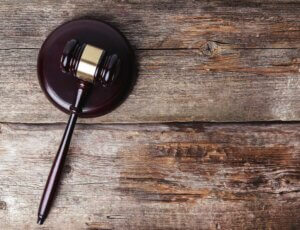INJURY FROM MACHINE EQUIPMENT DEFECTIVE PRODUCT ATTORNEYS MN
Minnesota has strict liability laws to hold a manufacturer accountable for their defective machine or product. That means if their product or machine injures someone, they are responsible. Our MN lawyers represent people injured by a defective product or defective equipment.
If you have been injured by a defective machine or other bad product at home or at work, call our MN attorneys for a free consultation. For example, our lawyers handle cases where the equipment broke because it was poorly made. Likewise, if a machine malfunctioned and caused on injury. Also, check out our defective product page for more information about how to sue the company that made the defective equipment or product.

Below is a Minnesota law about a defective product injury. This statute concerns giving notice to the seller and maker of the machine or product that injured you. In addition, MN law requires the seller to provide information to identify the manufacturer and distributer. There are other MN and Federal laws that apply to all defective products and also to specific products.
If you have been injured by a machine or equipment, our top rated defective product lawyers will provide you with a free consultation. We will answer your questions and protect your rights. Our purpose is to make sure you get all the compensation you are entitled to and sue the manufacturer if necessary. Our attorneys have 25 years’ experience helping seriously injured people who were injured by a defective equipment or machine. We will get you the best possible result. Pam Rochlin is a former partner at Meshbesher and Spence, providing personal attention to her clients in our smaller firm environment.
Minnesota Statutes
544.41 PRODUCT LIABILITY; LIMIT ON LIABILITY OF NONMANUFACTURERS.
Subdivision 1. Product liability; requirements.
In any product liability action against a defendant other than the manufacturer, that party shall file an affidavit certifying the correct identity of the manufacturer. In addition, the commencement of a product liability action against a certifying defendant shall toll the applicable statute of limitation relative to the defendant for purposes of asserting a strict liability case.
Subd. 2. Certifying defendant; dismissal of strict liability.
Once the plaintiff has filed a complaint against a manufacturer and the manufacturer has or is required to have answered or otherwise pleaded, the court shall order the dismissal of a strict liability in tort claim against the certifying defendant. Provided, however, the certifying defendant is not within the categories set forth in subdivision 3. Due diligence shall be exercised by the certifying defendant in providing the plaintiff with the correct identity of the manufacturer. Due diligence shall be exercised by the plaintiff in filing a law suit and obtaining jurisdiction over the manufacturer.
The plaintiff may at any time subsequent to dismissal move to vacate the order of dismissal and reinstate the certifying defendant. However, plaintiff must show one of the following:
(1) That the applicable statute of limitation bars the assertion of a strict liability in tort cause of action against the manufacturer;
(2) That the identity of the manufacturer given to the plaintiff by the certifying defendant was incorrect. Further, once the correct identity of the manufacturer has been given by the certifying defendant the court shall again dismiss the certifying defendant;
(3) That the manufacturer no longer exists or cannot be subject to the jurisdiction of the courts of this state;
(4) That the manufacturer is unable to satisfy any judgment as determined by the court; or
(5) That the court determines that the manufacturer would be unable to satisfy a reasonable settlement or other agreement with plaintiff.
Subd. 3. Dismissal order prohibited.
A court shall not enter a dismissal order relative to any certifying defendant where the plaintiff can show one of the following:
(1) That the defendant has exercised some significant control over the design or manufacture of the product. Likewise, if it has provided instructions or warnings to the manufacturer relative to the alleged defect in the product which caused the injury, death or damage;
(2) That the defendant had actual knowledge of the defect in the product which caused the injury, death or damage; or
(3) That the defendant created the defect in the product which caused the injury, death or damage.
Subd. 4. Limiting constructing laws.
Nothing contained in subdivisions 1 to 3 shall be construed to create a cause of action in strict liability in tort or based on other legal theory, or to affect the right of any person to seek and obtain indemnity or contribution.
